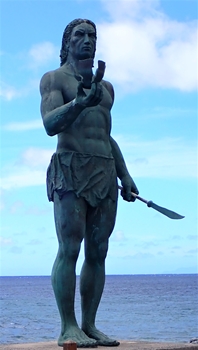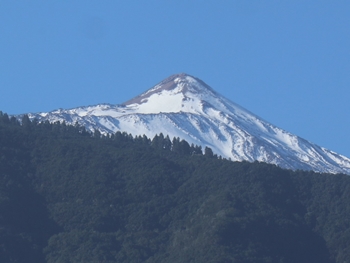A Spanish phenomenon – or is this found in all southern countries?
Well, we don’t know exactly, but in Spain and its islands you can find it everywhere: the little human poops, usually paired with toilet paper or a wet wipe hidden under a stone. Or the white toilet paper beckons from afar and points to the quiet little toilet. At every rest stop or picnic area, at popular excursion sites or simply in the immediate vicinity of the beach; everywhere they lie scattered in the landscape in considerable numbers. If there happen to be any empty buildings, the interiors, or rather the floors, are guaranteed to be covered with many small heaps and corresponding toilet paper. Entering in this case is usually at your own risk!

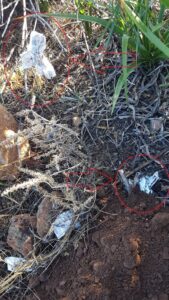
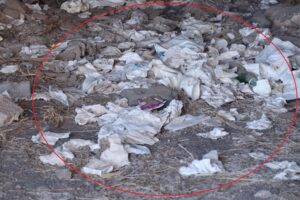
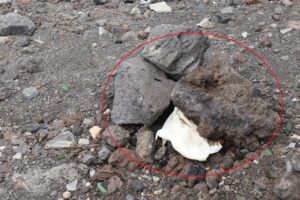
Human needs are actually absolutely normal, but we kept asking ourselves whether the creators of public pick-nick places or wonderful vantage points also give any thought to the quiet little toilet where hundreds of people come every day? A simple toilet with an appropriate faeces pit would greatly reduce the number of poops behind the bush and you wouldn’t always have to run the gauntlet. We don’t think anyone would want to step into such a dump!
If there are any toilets at the pick-nick places, which are really numerous on the Iberian Peninsula and its islands far out in the Atlantic, they have been closed for hygienic reasons since the Corona pandemic, while the pick-nick places are occupied by legions of people.
But, how do we do it at our camps or when we have a need during the day? Simple, we do it like the cat; we bury it! Even in difficult terrain and hard ground, we dig a 25-30cm deep hole so that our poop, including toilet paper, is well covered with soil afterwards. To top it off and as a personal marker, we put a small cairn over it so that we might not have to dig a hole in the same place again. A small shovel and a “Geissfuss” (nail or crowbar) are particularly helpful tools in these cases and should always be at hand. By the way, faecal shovels can be found in any good outdoor shop and are available in different sizes.
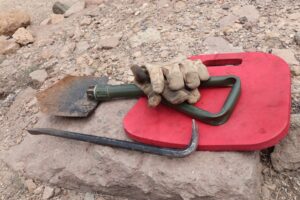
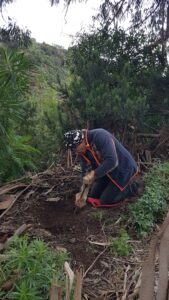


We don’t know whether burying is the right way to go and whether it complies with European standards, but it is always a clean thing to do and no one stumbles over our big business 😉
And, if we can’t dig a hole, it simply goes – with or without toilet (shower) tent – into the bag, and then into the waste container. Basta!














